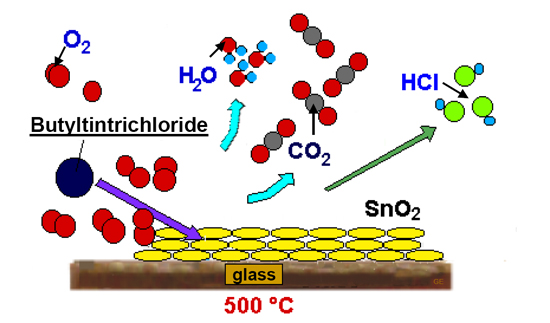Surface treatment
The purpose of a surface treatment is to strengthen the outside of a glass packaging, to minimise the risk of breakage and/or to smooth out any unevenness. This treatment takes place at the so-called hot end of the production process, i.e. before the still hot vials are cooled down in the flash furnace (the lehr). These surface treatments are also called hot end treatments.
-
Syrup bottles
-
Lightweight infusion bottles (type II)
-
Large bottles for freeze-dried products (also requires hot treatment)

Glass is a mechanically resistant glass and its resistance depends on the glass surface. Due to wear of the glass and vibrations, microscopic cracks can seriously affect the resistance of the material. Sometimes it is possible to move bottles to the end of a production line without causing scratches, i.e. without affecting the mechanical resistance of the glass.
The quality of the treatment is then measured using an apparatus manufactured by AGR, which measures the thickness of the tin oxide layer on the outer surface. The results are then expressed in CTU (Coating Thickness Units). The measurements are carried out on the basis of samples taken during production in the quality control laboratory.
Learn more?
Would you like to learn more about our product range or do you have any questions? Do you need an individual offer or information about ordering, delivery and payment conditions? Contact us by phone, email or live chat.

